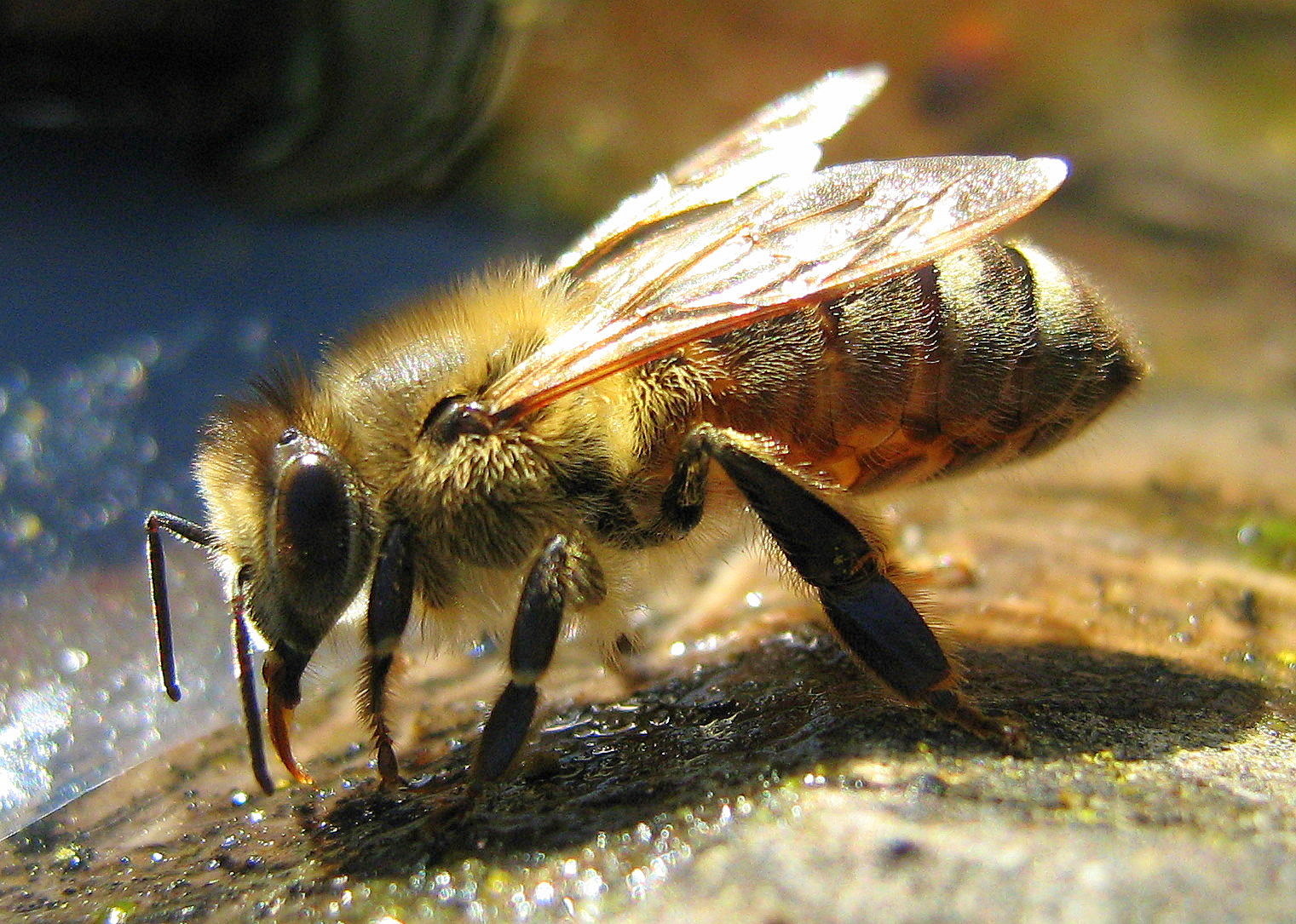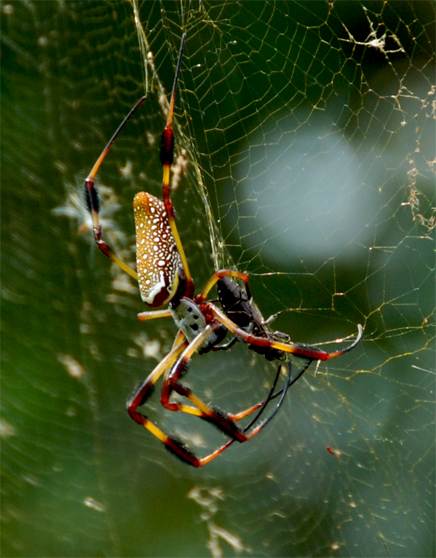|
Outline Of Animals
The following outline is provided as an overview of and topical guide to zoology: Zoology – study of animals. Zoology, or "animal biology", is the branch of biology that relates to the animal kingdom, including the identification, structure, embryology, evolution, classification, habits, and distribution of all animals, both living and extinct, and how they interact with their ecosystems. The term is derived from Ancient Greek word ζῷον (''zōon''), i.e. "animal" and λόγος, (''logos''), i.e. "knowledge, study". To study the variety of animals that exist (or have existed), see ''list of animals by common name'' and '' lists of animals''. Essence of zoology * Animal * Fauna Branches of zoology Branches by group studied * Acarology - study of mites and ticks * Arthropodology - study of arthropods as a whole **Carcinology - the study of crustaceans ** Myriapodology - study of milli- and centipedes ** Arachnology - study of spiders and related animals such as sc ... [...More Info...] [...Related Items...] OR: [Wikipedia] [Google] [Baidu] |
Acarology
Acarology (from Ancient Greek /, , a type of mite; and , ) is the study of mites and ticks, the animals in the order Acarina. It is a subfield of arachnology, a subdiscipline of the field of zoology. A zoologist specializing in acarology is called an acarologist. Acarologists may also be parasitologists because many members of Acarina are parasitic. Many acarologists are studying around the world both professionally and as amateurs. The discipline is a developing science and long-awaited research has been provided for it in more recent history. Acarological organisations * Laboratory of Medical Acarology, Academy of Sciences of the Czech Republic Tick Research Laboratory University of Rhode Island Tick Research Labat Texas A&M University Acarological societies International * International Congress of Acarology * Societe Internationale des Acarologues de Langue Francaise * Systematic and Applied Acarology Society Regional * Acarology Society of America * Acarological Soc ... [...More Info...] [...Related Items...] OR: [Wikipedia] [Google] [Baidu] |
Batrachology
Batrachology is the branch of zoology concerned with the study of amphibians including frogs and toads, salamanders, newts, and caecilians. It is a sub-discipline of herpetology, which also includes non-avian reptiles (snakes, lizards, amphisbaenids, turtles, terrapins, tortoises, crocodilians, and the tuatara). Batrachologists may study the evolution, ecology, ethology, or anatomy of amphibians. Amphibians are cold blooded vertebrates largely found in damp habitats although many species have special behavioural adaptations that allow them to live in deserts, trees, underground and in regions with wide seasonal variations in temperature. There are over 7250 species of amphibians. Notable batrachologists * Jean Marius René Guibé * Gabriel Bibron * Oskar Boettger * George Albert Boulenger * Edward Drinker Cope * François Marie Daudin * Franz Werner * Leszek Berger Leszek Berger (10 February 1925, Pabianice, Łódzkie province, Poland – 8 July 2012, Jaskółki, Wielkopolska pr ... [...More Info...] [...Related Items...] OR: [Wikipedia] [Google] [Baidu] |
Herpetology
Herpetology (from Greek ἑρπετόν ''herpetón'', meaning "reptile" or "creeping animal") is the branch of zoology concerned with the study of amphibians (including frogs, toads, salamanders, newts, and caecilians (gymnophiona)) and reptiles (including snakes, lizards, amphisbaenids, turtles, terrapins, tortoises, crocodilians, and the tuataras). Birds, which are cladistically included within Reptilia, are traditionally excluded here; the scientific study of birds is the subject of ornithology. Thus, the definition of herpetology can be more precisely stated as the study of ectothermic (cold-blooded) tetrapods. Under this definition "herps" (or sometimes "herptiles" or "herpetofauna") exclude fish, but it is not uncommon for herpetological and ichthyological scientific societies to collaborate. Examples include publishing joint journals and holding conferences in order to foster the exchange of ideas between the fields, as the American Society of Ichthyologists and He ... [...More Info...] [...Related Items...] OR: [Wikipedia] [Google] [Baidu] |
Orthopterology
Orthopterology is the scientific study of the order Orthoptera, which includes grasshoppers, crickets, locusts and some other insects. Someone that studies in this field is an orthopterist. The term is derived from the Ancient Greek words and , meaning ''straight'' and ''wing'' respectively, with the English suffix ''-logy''.This ultimately derives from Greek , but via Latin ''-logia'' and French ''-logie''. Orthopterology as a science A notable branch of orthopterology is , which focuses on locusts and grasshoppers in the family Acrididae and is relevant to famine prevention. Orthopterological societies * Association for Applied Acridology International * Orthopterists' Society * German Society for Orthopterology Orthopterological Journals * Journal of Orthoptera Research See also * LUBILOSA LUBILOSA was the name of a research programme that aimed at developing a biological alternative to the chemical control of locusts. This name is an acronym of the French title of th ... [...More Info...] [...Related Items...] OR: [Wikipedia] [Google] [Baidu] |
Myrmecology
Myrmecology (; from Greek: μύρμηξ, ''myrmex'', "ant" and λόγος, ''logos'', "study") is a branch of entomology focusing on the scientific study of ants. Some early myrmecologists considered ant society as the ideal form of society and sought to find solutions to human problems by studying them. Ants continue to be a model of choice for the study of questions on the evolution of social systems because of their complex and varied forms of eusociality (social organization). Their diversity and prominence in ecosystems also has made them important components in the study of biodiversity and conservation. Recently, ant colonies are also studied and modeled for their relevance in machine learning, complex interactive networks, stochasticity of encounter and interaction networks, parallel computing, and other computing fields. History The word myrmecology was coined by William Morton Wheeler (1865–1937), although human interest in the life of ants goes back further, with ... [...More Info...] [...Related Items...] OR: [Wikipedia] [Google] [Baidu] |
Melittology
Melittology (from Greek , ''melitta'', "bee"; and ''-logia'') is a branch of entomology concerning the scientific study of bees. It may also be called apicology. Melittology covers the species found in the clade Anthophila within the superfamily Apoidea, comprising more than 20,000 species, including bumblebees and honey bees. Subdivisions * Apiology – (from Latin , "bee"; and Ancient Greek , ''-logia'') is the scientific study of honey bees. Honey bees are often chosen as a study group to answer questions on the evolution of social systems. :* Apidology is a variant spelling of ''apiology'' used outside of the Western Hemisphere, primarily in Europe; it is sometimes used interchangeably with ''melittology''. Melittological societies Melittologists and apiologists are served by a number of scientific societies, both national and international in scope. Their main role is to encourage the study of bees and apicultural research. * ''International Bee Research Association'' * ... [...More Info...] [...Related Items...] OR: [Wikipedia] [Google] [Baidu] |
Lepidopterology
Lepidopterology ()) is a branch of entomology concerning the scientific study of moths and the three superfamilies of butterflies. Someone who studies in this field is a lepidopterist or, archaically, an aurelian. Origins Post-Renaissance, the rise of the "lepidopterist" can be attributed to the expanding interest in science, nature and the surroundings. When Linnaeus wrote the tenth edition of the ''Systema Naturae'' in 1758, there was already "a substantial body of published work on Lepidopteran natural history" (Kristensen, 1999). These included: * ''Insectorum sive Minimorum Animalium Theatrum'' – Thomas Mouffet (1634) * ''Metamorphosis Naturalis'' – Jan Goedart (1662–67 ) * ''Metamorphosis insectorum Surinamensium'' – Maria S. Merian (1705), whose work included illustrated accounts of European Lepidoptera * ''Historia Insectorum'' – John Ray (1710) * ''Papilionum Brittaniae icones'' – James Petiver (1717) History Scholars 1758–1900 was the era of the ge ... [...More Info...] [...Related Items...] OR: [Wikipedia] [Google] [Baidu] |
Coleopterology
Coleopterology (from Coleoptera and Ancient Greek, Greek , ''-logy, -logia'') is the scientific study of beetles, a branch of entomology. Practitioners are termed coleopterists and form groups of amateurs and professionals for business and pleasure. Among these is The Coleopterists Society, an international organization based in the United States. Journals Research in this field is often published in scientific journal, peer-reviewed journals specific to the field of coleopterology, though journals dealing with general entomology also publish many papers on various aspects of beetle biology. Some of the journals specific to beetle research are: * ''The Coleopterist'' (United Kingdom beetle fauna) * ''The Coleopterists Bulletin'' (published by The Coleopterists Society) * ''Elytron (journal), Elytron'' (published by the European Association of Coleopterology) Literature * * . * * . * KW Harde, F. Severa: The Cosmos Beetle leader Franckh, Stuttgart, 1981. . * Wolfgang Willne ... [...More Info...] [...Related Items...] OR: [Wikipedia] [Google] [Baidu] |
Entomology
Entomology () is the science, scientific study of insects, a branch of zoology. In the past the term "insect" was less specific, and historically the definition of entomology would also include the study of animals in other arthropod groups, such as arachnids, myriapods, and crustaceans. This wider meaning may still be encountered in informal use. Like several of the other fields that are categorized within zoology, entomology is a taxon-based category; any form of scientific study in which there is a focus on insect-related inquiries is, by definition, entomology. Entomology therefore overlaps with a cross-section of topics as diverse as molecular genetics, behavior, neuroscience, biomechanics, biochemistry, systematics, physiology, developmental biology, ecology, morphology (biology), morphology, and paleontology. Over 1.3 million insect species have been described, more than two-thirds of all known species. Some insect species date back to around 400 million years ago. Th ... [...More Info...] [...Related Items...] OR: [Wikipedia] [Google] [Baidu] |
Arachnology
Arachnology is the scientific study of arachnids, which comprise spiders and related invertebrates such as scorpions, pseudoscorpions, and harvestmen. Those who study spiders and other arachnids are arachnologists. More narrowly, the study of spiders alone ( order Araneae) is known as araneology. The word "arachnology" derives from Greek , ''arachnē'', "spider"; and , ''-logia'', "the study of a particular subject". Arachnology as a science Arachnologists are primarily responsible for classifying arachnids and studying aspects of their biology. In the popular imagination, they are sometimes referred to as spider experts. Disciplines within arachnology include naming species and determining their evolutionary relationships to one another (taxonomy and systematics), studying how they interact with other members of their species and/or their environment (behavioural ecology), or how they are distributed in different regions and habitats (faunistics). Other arachnologists perform ... [...More Info...] [...Related Items...] OR: [Wikipedia] [Google] [Baidu] |
Myriapodology
Myriapodology is the scientific study of myriapods which includes centipedes and millipedes. The field of myriapodology can also cover other myriapods such as pauropods and symphylans. Those who study myriapods are myriapodologists. Societies * International Society of Myriapodology Journals * ''International Journal of Myriapodology'' * ''Myriapodologica'' * ''Myriapod Memoranda'' Notable myriapodologists * Carl Attems (1868–1952), Austrian zoologist, described over 1,000 species * Stanley Graham Brade-Birks (1887-1982), English myriapodologist who with Hilda K Brade-Birks authored ''Notes on Myriapoda'': 23 papers jointly from 1916 to the 1920s; then twelve more solo until 1939 * Henry W. Brolemann (1860–1933), French myriapodologist, described around 500 species * Ralph Vary Chamberlin (1879–1967), American arachnologist and myriapodologist, described over 1,000 species * Orator F. Cook (1867–1949), American botanist and myriapodologist, co-described world's leggiest ... [...More Info...] [...Related Items...] OR: [Wikipedia] [Google] [Baidu] |








